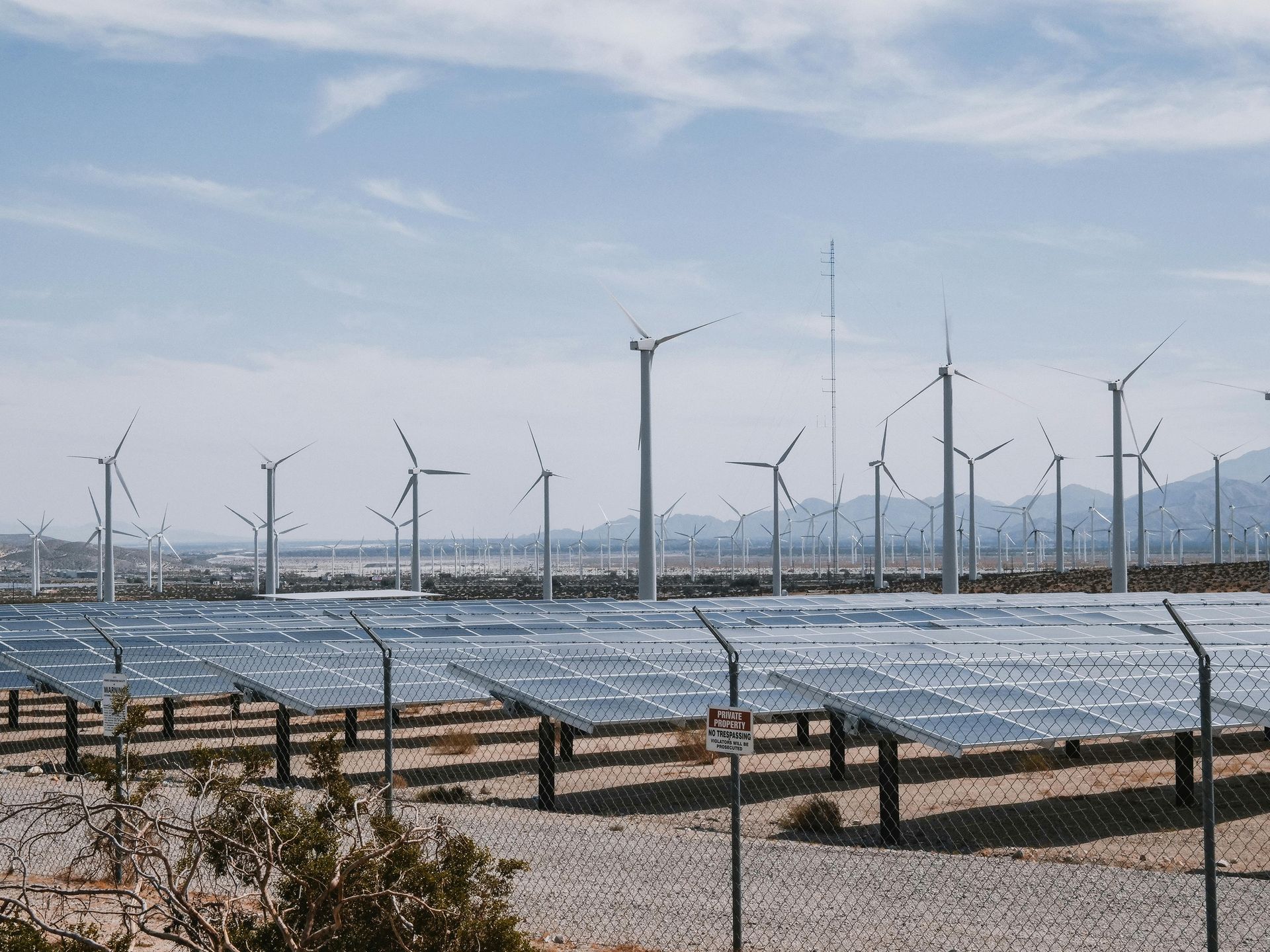What are energy management systems used for in industrial parks
Denali-ep
| 17 de septiembre de 2024
What are energy management systems used for in industrial parks
Introduction
Energy management is a crucial issue in the modern era, especially in industrial parks where energy consumption is high. But have you ever wondered what energy management systems are really for in these environments? Let's explore this fascinating topic and discover how these systems can transform not only the economics of an industrial park, but also its environmental impact.
What is an energy management system?
An energy management system (EMS) is a combination of tools, technologies and processes designed to monitor, control and optimize energy use at a facility. The main components include sensors, IoT devices, management software and control systems that work together to ensure that energy is used as efficiently as possible.
Benefits of energy management systems in industrial parks
Cost savings
One of the most obvious benefits of implementing an EMS is cost savings. By optimizing energy use, businesses can significantly reduce their electric bills.
Energy efficiency
The EMS allow us to identify areas where energy is wasted and apply corrective measures, thus improving the overall energy efficiency of the industrial park.
Reduction of carbon emissions
By using energy more efficiently, the amount of carbon emissions is reduced, contributing to the fight against climate change.

How energy management systems work
Monitoring and analysis
EMS continuously monitor energy consumption using sensors and IoT devices. The data collected is analyzed to identify patterns and areas for improvement.
Control and automation
Based on the analysis, the systems can automate the control of equipment and processes to optimize energy use, adjusting consumption in real time according to needs.
Technologies involved in energy management systems
Sensors and IoT devices
These devices are essential for collecting real-time data on energy consumption.
Energy management software
The software allows you to analyze the collected data and provides detailed reports and recommendations to improve energy efficiency.
Implementation of energy management systems
Initial steps
The implementation of an EMS begins with an energy audit to understand current consumption and areas for improvement.
Key considerations
It is crucial to consider factors such as the compatibility of existing equipment and staff training to ensure a successful implementation.
Success stories in the implementation of energy management systems
Examples of industrial parks that have implemented these systems
Several industrial parks around the world have adopted SGE with excellent results. For example, the XYZ Industrial Park managed to reduce its energy consumption by 20% in the first year.
Results obtained
These parks have not only reduced costs, but have also improved their sustainability and compliance with environmental regulations.
Challenges in the implementation of energy management systems
Technological barriers
Integrating new technologies with legacy systems can be challenging.
Economic barriers
The initial cost of implementation can be high, which may deter some companies from adopting these systems.
The future of energy management systems in industrial parks
Emerging trends
The integration of artificial intelligence and machine learning is revolutionizing energy management, enabling more accurate predictions and automatic optimizations.
Future innovations
The emergence of technologies such as solar and wind energy integrated with SGE promises greater efficiency and sustainability.
Regulations and regulations
Current legislation
Energy efficiency regulations are constantly evolving, and complying with them can bring tax benefits.
Tax compliance and benefits
Complying with regulations is not only mandatory, but can result in tax incentives and subsidies.
Environmental impact of energy management systems
Carbon footprint reduction
EMS help companies reduce their carbon footprint, contributing positively to the environment.
Conservation of natural resources
By optimizing energy use, the demand for natural resources is reduced, helping to conserve them.
Economic impact of energy management systems
Return on investment (ROI)
Although the initial investment may be high, the long-term savings and improved efficiency ensure a positive ROI.
Job creation
The implementation and maintenance of these systems create new employment opportunities in technology and engineering sectors.
Education and training in energy management
Educational programs
There are numerous educational programs that prepare professionals to manage SGE efficiently.
Relevant certifications
Certifications such as ISO 50001 ensure that companies meet international energy management standards.
Tips to Maximize the Benefits of Energy Management Systems
Best practices
Adopting best practices such as continuous monitoring and regular maintenance can maximize the benefits of an EMS.
Ongoing maintenance
Regular maintenance ensures that the system operates optimally and prolongs its useful life.
Conclusion
The implementation of energy management systems in industrial parks is essential to improve energy efficiency, reduce costs and minimize environmental impact. With the advancement of technology and the increasing focus on sustainability, these systems are becoming a necessity for any industrial park that wants to thrive in the future.
How expensive is it to implement an energy management system?
The cost can vary depending on the size of the industrial park and the complexity of the system, but generally, the initial investment is quickly recovered thanks to savings in energy costs.
How long does it take to see the benefits of an energy management system?
The benefits can be visible in just a few months, although this may vary depending on the industrial park and the system implemented.
Are experts necessary to manage these systems?
Yes, having trained staff or hiring energy management experts is crucial to maximizing the benefits of the system.
How do these systems affect industrial production?
EMS are designed to optimize energy use without affecting production, and in many cases, can even improve operational efficiency.
What types of industries benefit most from these systems?
Virtually all industries can benefit, but those with high energy consumption, such as manufacturing




